เทศบาลนครเชียงใหม่
( Chiang Mai )Chiang Mai (, from Thai: เชียงใหม่ [t͡ɕʰīa̯ŋ màj] , Northern Thai: ᨩ᩠ᨿᨦᩉ᩠ᨾᩲ᩵, เจียงใหม่ [t͡ɕīa̯ŋ màj] ), sometimes written as Chiengmai or Chiangmai, is the largest city in northern Thailand, the capital of Chiang Mai province and the second largest city in Thailand. It is 700 km (435 mi) north of Bangkok in a mountainous region called the Thai highlands and has a population of 1.2 million people as of 2022, which is more than 66 percent of the total population of Chiang Mai province (1.8 million).
Chiang Mai (meaning "new city" in Thai) was founded in 1296 as the new capital of Lan Na, succeeding...Read more
Chiang Mai (, from Thai: เชียงใหม่ [t͡ɕʰīa̯ŋ màj] , Northern Thai: ᨩ᩠ᨿᨦᩉ᩠ᨾᩲ᩵, เจียงใหม่ [t͡ɕīa̯ŋ màj] ), sometimes written as Chiengmai or Chiangmai, is the largest city in northern Thailand, the capital of Chiang Mai province and the second largest city in Thailand. It is 700 km (435 mi) north of Bangkok in a mountainous region called the Thai highlands and has a population of 1.2 million people as of 2022, which is more than 66 percent of the total population of Chiang Mai province (1.8 million).
Chiang Mai (meaning "new city" in Thai) was founded in 1296 as the new capital of Lan Na, succeeding the former capital, Chiang Rai.: 208–209 The city's location on the Ping River (a major tributary of the Chao Phraya River) and its proximity to major trading routes contributed to its historic importance.
The city (thesaban nakhon, "city municipality") of Chiang Mai officially only covers most parts (40,2 km²) of the Mueang Chiang Mai district in the city centre and has a population of 127,000. This census area dates back to 1983 when Chiang Mai's municipal area was enlarged for the first and last time since becoming the first City Municipality in Thailand (then under Siam) in 1935. The city's sprawl has since extended into several neighboring districts, from Hang Dong in the south, to Mae Rim in the north, and Suthep in the west, to San Kamphaeng in the east, forming the Chiang Mai urban area with over a million residents.
The city municipality is subdivided into four khwaeng (electoral wards): Nakhon Ping, Sriwichai, Mengrai, and Kawila. The first three are on the west bank of the Ping River, and Kawila is on the east bank. Nakhon Ping District includes the northern part of the city. Sriwichai, Mengrai, and Kawila consist of the western, southern, and eastern parts, respectively. The city center—within the city walls—is mostly within Sriwichai ward.
Kingdom of Ngoenyang 638–1292
Kingdom of Lanna 1292-1775
Kingdom of Chiang Mai 1775-1899
Kingdom of Siam 1899-1946
Kingdom of Thailand 1946-present
Mangrai founded Chiang Mai in 1294[1] or 1296[2]: 209 on a site that the Lawa people called Wiang Nopburi.[3][4]
The city succeeded Chiang Rai as the capital of Lan Na. Pha Yu enlarged and fortified it and built Wat Phra Singh in honor of his father, Kham Fu.[2]: 226–227 The ruler was known as the chao. The city was surrounded by a moat and a defensive wall, since the nearby Taungoo dynasty of the Bamar people was a constant threat, as were the armies of the Mongol Empire, which decades earlier had conquered most of Yunnan, China, and in 1292 overran the bordering Dai kingdom of Chiang Hung.
With the decline of Lan Na, Chiang Mai lost importance and was occupied by the Taungoo in 1556.[5][failed verification] It formally became part of the Thonburi Kingdom in 1774, by an agreement with Chao Kavila, after the Thonburi king Taksin helped drive out the Taungoo Bamar. Subsequent Taungoo counterattacks led to Chiang Mai's abandonment between 1776 and 1791;[6] Lampang then served as the capital of what remained of Lan Na. Chiang Mai then slowly grew in cultural, trading, and economic importance to its current status as the unofficial capital of northern Thailand.
The modern municipality dates to a sanitary district (sukhaphiban) that was created in 1915; it was upgraded to a city municipality (thesaban nakhon) on 29 March 1935.[7] First covering just 17.5 km2 (7 sq mi), the city was enlarged to 40.2 km2 (16 sq mi) on 5 April 1983.[8]
In May 2006 Chiang Mai was the site of the Chiang Mai Initiative, concluded between ASEAN and the "ASEAN+3" countries, (China, Japan, and South Korea). Chiang Mai was one of three Thai cities contending for Thailand's bid to host the World Expo 2020;[9] Ayutthaya was ultimately chosen by the Thai parliament to register for the international competition.[10]
Chiang Mai was one of two tourist destinations in Thailand on TripAdvisor's 2014 list of "25 Best Destinations in the World", where it stood at number 24.[11] In 2015, it was on the tentative list for UNESCO World Heritage inscription. In early December 2017, it was awarded the UNESCO title of Creative City.


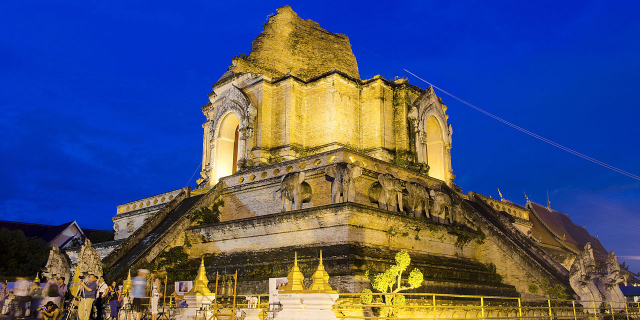

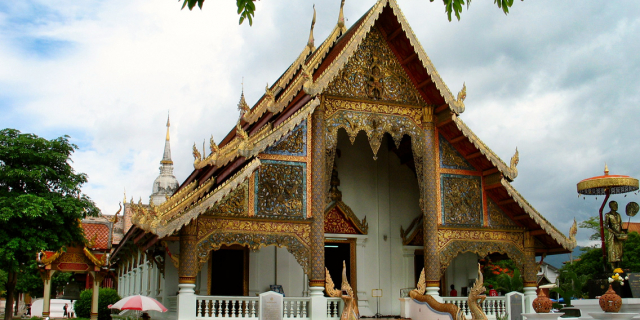
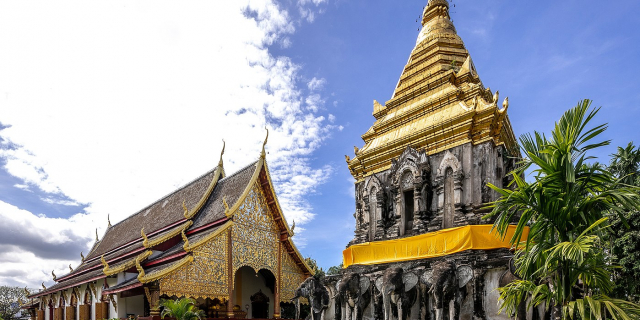




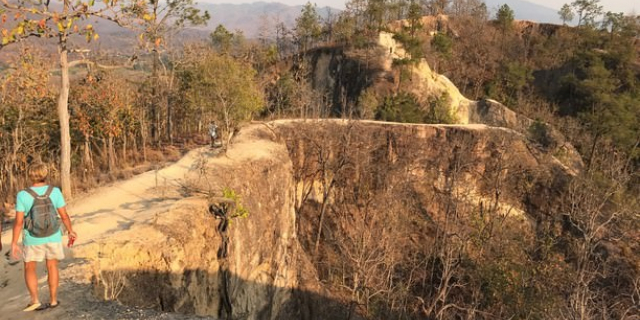

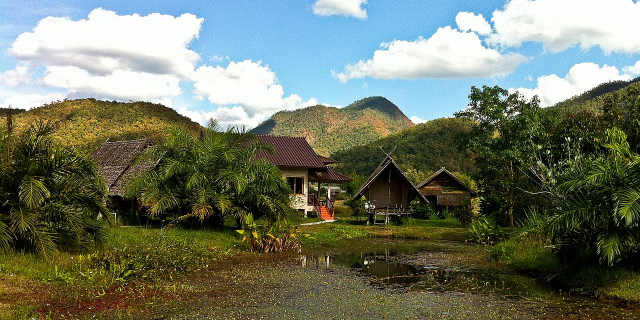

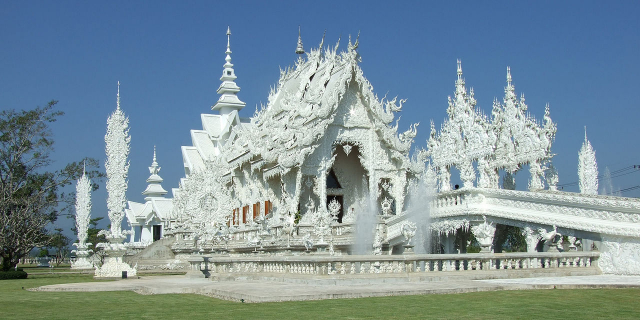
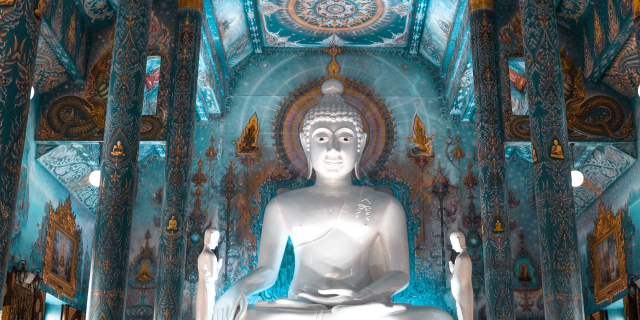


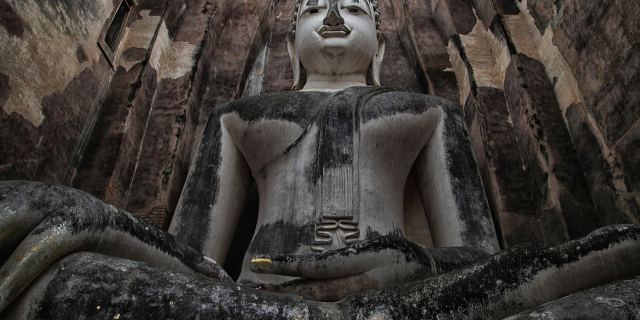

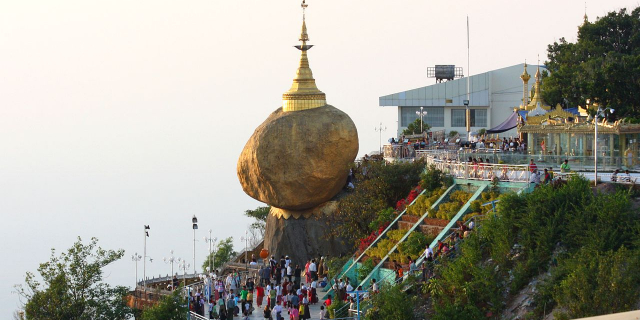

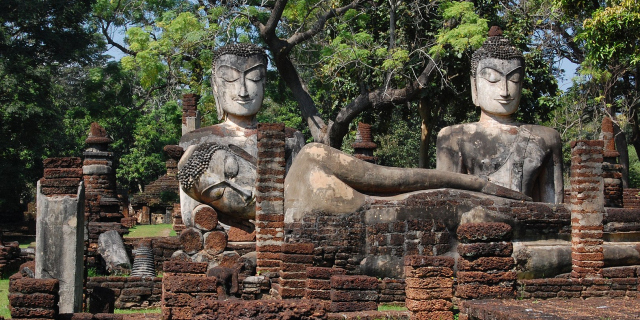

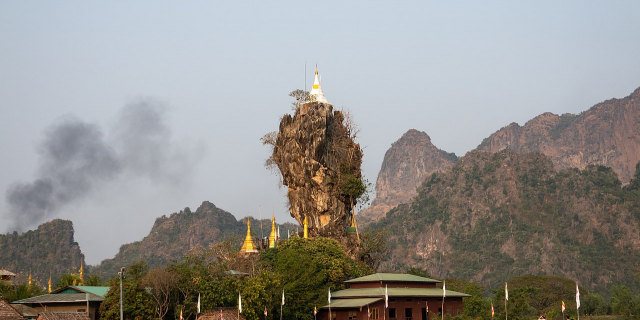
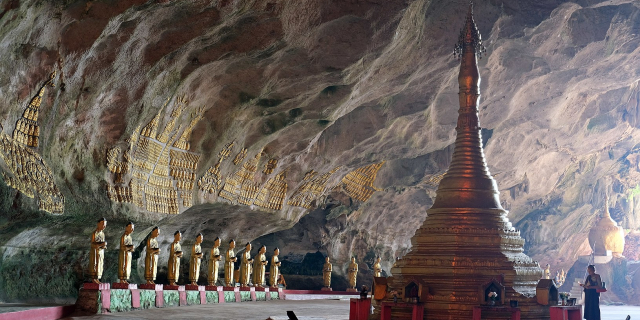

Add new comment